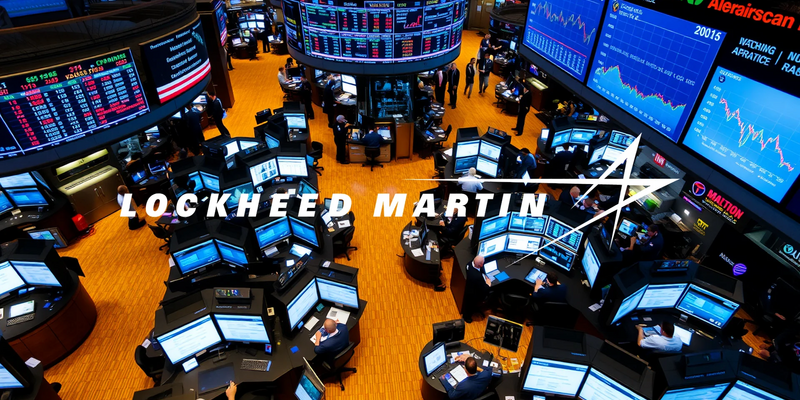Lockheed Martin Shares Defy Positive Operational Developments
10.11.2025 - 04:52:04F-35 Program Recovery Gains Momentum
While defense sector peers are celebrating record performance and seeing their equity values reach new peaks, Lockheed Martin is experiencing contrasting fortunes. The defense contractor's stock declined more than 6 percent during the past week despite announcing multiple significant operational achievements. Market participants applied selling pressure even as the company revealed a HIMARS production doubling, launched an artificial intelligence platform, and signaled an F-35 program recovery. Investors appear to be penalizing one of the world's premier defense giants during a period of operational strength.
The corporation's most crucial initiative—the F-35 fighter jet program—shows promising signs of revitalization. Following delivery of just 98 aircraft during 2023, hampered by TR-3 software modernization delays, Lockheed now anticipates shipping between 170 and 190 units in 2025. This near-doubling of output would represent a clear indication that previous technical challenges have been resolved.
Complementing this development, Lockheed Martin Australia awarded a contract to Moog Australia on November 5 for a critical component of the GMLRS rocket system. This agreement further demonstrates expanding global demand and the strengthening of regional supply networks. Despite these encouraging indicators, market response remained subdued.
HIMARS Production Expansion Accelerates
November 6 brought announcements of two strategic accomplishments for the defense manufacturer. The company delivered its 750th HIMARS rocket launcher while simultaneously doubling production capacity at its Camden, Arkansas facility—two months ahead of schedule. Annual output has increased from 48 to 96 systems, enabled by substantial U.S. Army contracts responding to worldwide demand growth for precision weaponry.
Rather than generating investor enthusiasm, these developments were met with apparent indifference. Share prices declined on the announcement day and continued their downward trajectory throughout the week, falling from €487.94 on Monday to €458.35 by Friday—representing a weekly loss exceeding 6 percent.
Should investors sell immediately? Or is it worth buying Lockheed?
Artificial Intelligence Platform Launch
Concurrent with the HIMARS expansion, Lockheed introduced STAR.OS™, a new artificial intelligence integration platform. This system is designed to seamlessly interconnect various AI applications, providing the U.S. Department of Defense and government agencies with enhanced efficiency in managing AI-supported missions. Through its developer toolkit, interoperability layer, and user interface, the corporation establishes itself as a defense sector technology innovator.
Even this technological advancement failed to arrest the stock's decline, suggesting operational progress alone may be insufficient to restore market confidence.
Dividend Confirmation and Upcoming Earnings
Lockheed will distribute a quarterly dividend of $3.45 per share on December 30, 2025, to shareholders of record as of December 1. The next quarterly financial results are scheduled for release on January 27, 2026, which will reveal whether production increases and AI initiatives are translating to improved financial performance. Market experts will particularly scrutinize confirmation of F-35 delivery targets and revenue trends in precision weapon systems.
The equity currently trades below its moving averages—a technical warning signal that underscores persistent investor caution. Whether January's financial disclosures can reverse the prevailing trend remains uncertain.
Ad
Lockheed Stock: Buy or Sell?! New Lockheed Analysis from November 10 delivers the answer:
The latest Lockheed figures speak for themselves: Urgent action needed for Lockheed investors. Is it worth buying or should you sell? Find out what to do now in the current free analysis from November 10.
Lockheed: Buy or sell? Read more here...


